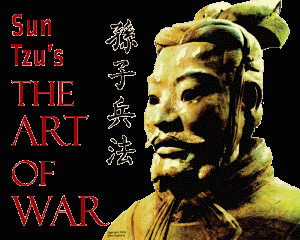What’s The Retail Battle About? Do you Showroom as a Consumer but Loathe it as a Business? The concept of show rooming is that shoppers go to a retail outlet for products they are interested in, then check their smartphones for the best pricing online, and often then buy online and not at the store. How unfair, right?!!! Great for the consumer but awful for retailers and the manufacturer’s pricing margins.
What Does this Mean? Best Buy, the consumer electronics retailer, last year was a big victim of this practice as it saw sales and profit skids. The CEO was ousted and the stock price has fallen.
Show rooming is affecting more than just consumer electronics to everything retail as more people go online to shop for a better price.
Brick and mortar retail sales results are being reported this month. It appears the holiday sales results through December were not as strong as expected. Black Friday sales after Thanksgiving got off to a good start for both physical stores and online but then seemed to go soft.
Wal-Mart is redoubling its emphasis on everyday low pricing. Last year they became more aggressive about price matching competition. Not clear the company is extending the price match offer to online competitors; though they claim they are evaluating online pricing every 20 minutes.
Target is stepping up to match online pricing. Target Showroom Video Story As this ABC news piece demonstrates shoppers can compare and contrast the store price and offer to online. Target will honor the online price.
How Should Business Adapt? There’s an always opportunity to find in shifts like this:
- Consumers are clearly winners
- Smartphones and the telcos win i.e. AT&T, Verizon, T-Mobile, Sprint
- Supply Chain & logistics, information systems get smarter and better
- Improved Productivity
- Retailers find New Competitive Advantage
You may ask how do Retailers benefit? Well, if they adapt as Target is, then they can demand better pricing at the source, this will tend to equalize pricing across all channels- online included.
But the most important opportunity for retailers is to reconnect with consumers on service value and experience. After all, the whole premise behind show rooming is that consumers shopping online can’t see, touch, or experience the item they want to buy. Add in product knowledge, friendly service, convenience- the shopper is already in the store; and the confidence the customer got the best price, then retailers can reestablish their main advantage.
Service, convenience, and shopping experience; difficult to get all of that in same way online. As an example of retail success, I have not seen an Apple retail store that isn’t always full of people, shopping bags full of products.
There’s more details to the Showroom story from AP in this link
Peter Klinge, Jr. helps companies achieve their desired growth outcomes. He brings extensive business experience from a variety of industries and around the world.














